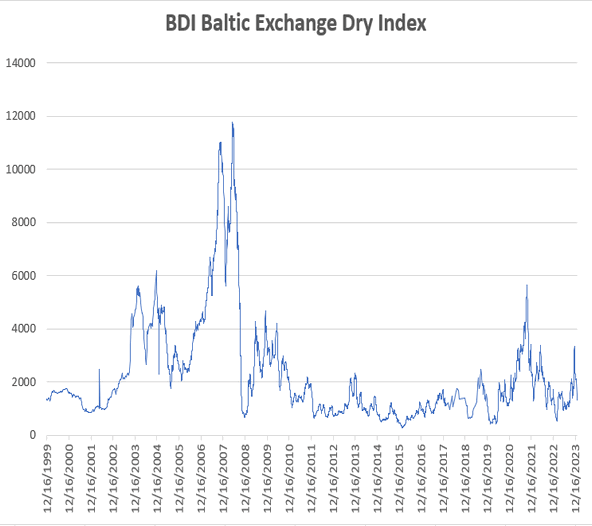The concept of Price Earning (PE) ratio should be pretty well-known by now. PE Ratio is the no. of times you are paying for every $1 that the company earns. For example, if Apple earns $10 per share, and the stock price is trading at $100, then the PE is simply 100/10 = 10. So you will be paying $10 for every $1 that Apply earns if you buy the stock now. From another perspective, it will take Apple 10 years to earn what you paid for the stock.
However, PE ratio, if not analyzed in the right context, will end up as a misleading number, and simply, just a number.
2 key scenario drives PE ratio.
I need a higher return NOW
why do i need a higher return now?
1) Inflation is going up. I need a higher return to offset the inflation loss in the value of $.
2) Tax is going up. Again, I need a higher return.
3) Risk of the company is high. High risk = high return expected.
In the above situations, I will only be willing to pay a lower PE, so that I will increase my chance of realising a higher return (think buy low sell high).
I can make do with a higher return in FUTURE
Again, why?
1) Return on Equity (ROE) of the company is high. Thus every $ re-invested by the company in terms of capital expenditure (thus lowering the earnings) should reap higher earnings in future.
2) Growth of the company is high. Again, I will be hoping for higher earnings in future.
In such situations, I will be willing to pay a higher PE now, so that I may get to enjoy higher earnings in future (think buy high sell higher).
Summary
Inflation up, PE should be lower
Tax up, PE should be lower
Risk up, PE should be lower
ROE up, PE can be higher
Growth up, PE can be higher
Monday, October 19, 2009
What you need to know about Price Earning Ratio
Labels:
concepts,
invest,
key learnings,
retail investor,
stocks
Subscribe to:
Post Comments (Atom)






No comments:
Post a Comment